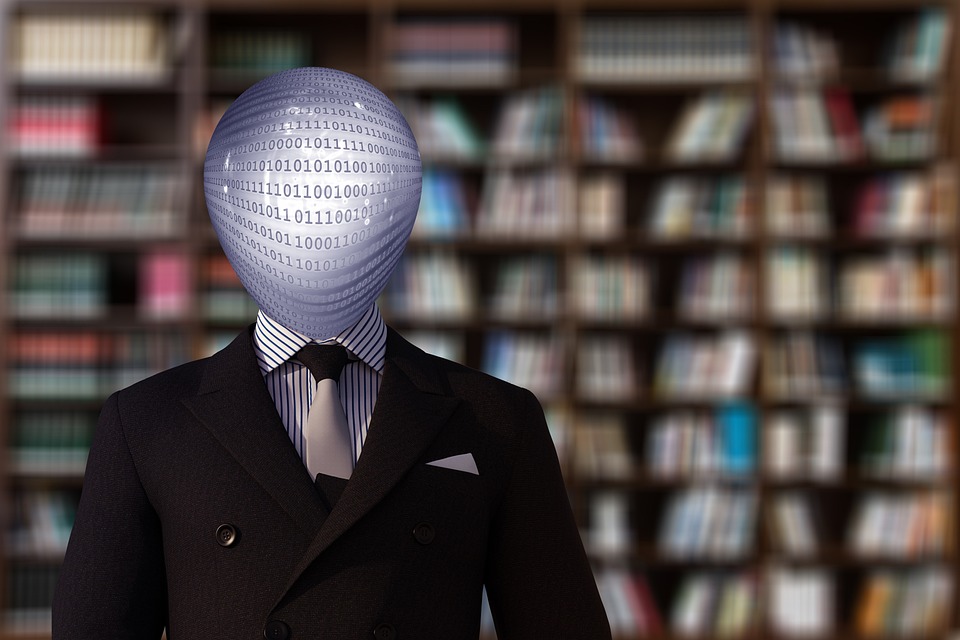Unlike the communication models covered in the other articles, no person or group of people conceived or wrote the magic bullet theory. Instead, it refers to the mode of thinking developed and famous during a specific time frame, the 1930s. Many communication theorists quickly discredited this theory, which is today believed by many, at least within academic circles, to be obsolete. It is also important to note that many scholars were critical of this theory even in the 1930s.
The magic bullet theory is one of the earliest, if not the first, communication theory to be concerned with the effects of mass media. It is a linear theory of communication.
Although the theory quickly became obsolete, it played a crucial role in triggering communication studies of mass media in general and their effects. As a result of this pivotal contribution to the discipline of communication, it remains an important theory to know as an individual working in the PR, HR or communication department.
The Metaphors

The commonly known designations of this theory, magic bullet and hypodermic needle or syringe, function as metaphors to explain the theory. By understanding what the two metaphors signify, you will be in a better position to grasp the meaning of this theory.
According to the magic bullet metaphor, the media is a gun that fires media messages, as if they were bullets, into the heads of audiences. Furthermore, the audiences are typically not aware of this mechanism but react to the shot.
The hypodermic needle or syringe utilizes a similar injection metaphor. The media injects the message directly into the audiences, which absorb and react to the injection, that is, the message, whether they want to or not.
Both metaphors present the media audience as a victim or target of the media, who cannot escape from the message, whether in the form of a bullet or an injection. The metaphors also imply that this means of transmitting the message is neither positive nor enjoyed.
In fact, according to these metaphors and the theory, audiences are passively subjected to the messages of the media without the ability to escape from them. They also react to the shot or injection (media messages), often without being aware of it.
Media Effects

In simple terms, and as demonstrated in the explanation of the metaphors, the magic bullet theory is concerned with the effects mass media has on audiences. According to the theory, media audiences are like sitting ducks, vulnerable, passive and unable to resist the message or escape its influence.
Furthermore, the media message has a direct and immediate effect on the audiences, who have no choice besides acting on the media messages they have received. As a result, mass media has the power to alter, influence and control people’s behavior based on their reaction to the media messages.
Direct effects model, another name by which this theory is known, also indicates what the theory stands for. Mass media is assumed to have a direct, immediate and powerful effect on its audience, which cannot extract itself from this influence. This is illustrated in the model that follows.
The magic bullet theory now seems extreme or highly exaggerated. Most people do not believe that mass media has such a strong or direct effect on audiences. However, the magic bullet theory makes sense when you consider the context from which it emerged.
This early mass media theory, which has played a key role in the evolution of communication studies, is considered to be obsolete by communication theorists. But, its historical context does make sense.
So, that’s it for today. In the next article, you will learn about the historical context of the magic bullet theory, also known as the hypodermic needle or syringe theory, direct effects model or transmission-belt model.





Pingback: An Examination of the Magic Bullet Theory (Part 2) | Golocal business
Pingback: An Examination of the Magic Bullet Theory (Part 3) | Golocal business